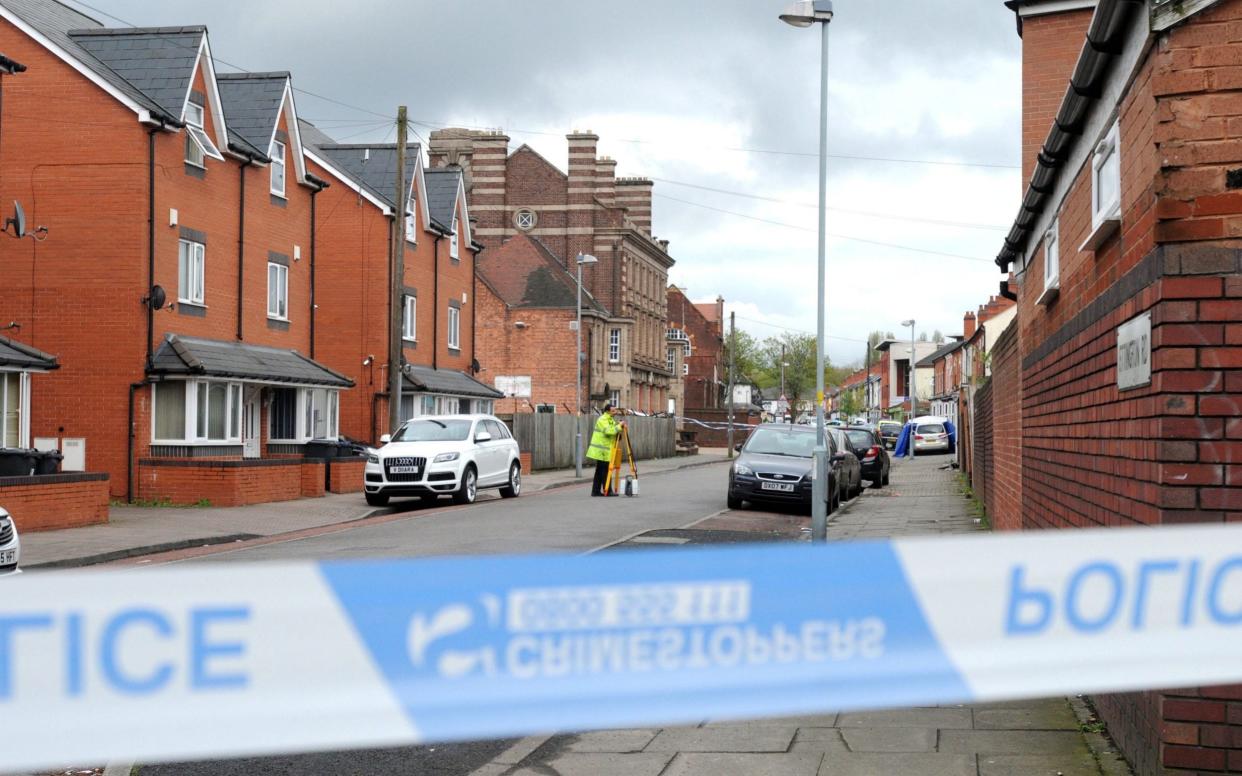Drivers should talk to themselves to avoid car crashes, study by scientists finds

Fatal crashes involving car and motorbikes may be caused by glitches in drivers' short-term memory, according to a new study.
And researchers say they could prevented by motorists talking to themselves at the wheel.
The study suggests many fatal accidents where motorists crash into an oncoming motorcycle may be caused by short-term memory lapses rather than the driver's failure to spot them.
Motorists were five times more likely to forget spotting a motorcycle than a car, according to results from a driving simulator test.
The series of experiments revealed drivers looked at critical approaching vehicles on 15 per cent of occasions but failed to recall them seconds later.
Psychologists suggest introducing a new framework for drivers in a bid to prevent future crashes.
This would include a proposed "See Bike Say Bike" strategy whereby if they see a motorcycle approaching, they should say so out loud.
Nottingham University's Dr Peter Chapman, an expert in the psychology of driving, said: "These studies compellingly demonstrate that even in safety-critical situations it is possible to observe dramatic failures of visual memory.
"These 'Saw but Forgot' (SBF) errors were remarkably frequent in the simulator and we have every reason to think that they may be equally prevalent in the real world.
"The surprising lack of memory may be exactly why these crashes appear so mysterious."
An estimated 90 Brits die each year as a result of drivers pulling out into the path of an oncoming motorcycle.
During their experiments, researchers analysed where drivers looked and what they remembered while crossing junctions in a driving simulator.
The big surprise from the research was the fact that some drivers have absolutely no recollection of seeing an oncoming vehicle at all even as they are about to pull out at a junction.
Results suggest that it's what happens in the moments between seeing an approaching vehicle and pulling out that can lead to a complete absence of memory - particularly for approaching motorcycles.
The findings also suggests many 'Look but Fail to See' (LBFTS) crashes could be called into question which could be more likely to be a case of 'Saw but Forgot' (SBF) errors.
Dr Chapman said: "Typical interpretations of the LBFTS crash are based on the idea that the driver pulling out has failed to devote sufficient attention to the traffic on the road.
"Our study set out to look for systematic biases in attention towards and memory for different vehicle types.
"Although these effects were found, the most striking finding was not subtle biases in vision or memory, but the fact that in some cases there was a complete absence of memory, particularly for approaching motorcycles."
The research team ran three separate studies which involved drivers stopping at junctions, pulling out of the junction and a third which tracked their head and eye movements.
In the final study, drivers rivers wore lightweight eye-tracking glasses to obtain highly accurate measures of exactly where they looked before pulling out.
Out of 180 memory tests, drivers failed to report a car on three occasions, and a motorcycle on 16 occasions of which there were five occasions when the driver had not looked directly at the oncoming motorcycle.
Dr Chapman said: "These could be examples of typical LBFTS errors where the driver looked in the right direction but failed to see the motorcycle.
"In contrast, on the remaining 11 occasions the driver clearly looked directly at the oncoming motorcycle, but couldn't remember it a few seconds later."
Researchers described this phenomenon as SBF errors and suggested "this is where the forgetting is occurring."
Such errors were associated with more head movements and a longer gap between fixating on the motorcycle and pulling out and researchers suggest this is where the forgetting isDr Chapman added: "Things the driver looks at between seeing the oncoming vehicle and pulling out might be overwriting the initial contents of visuospatial memory so information about the oncoming vehicle is no longer available at the time a decision is made to pull out."
The research team has established a new framework to understand dynamic risky decision-making with an emphasis on the role of short-term memory in such situations.
The 'Perceive Retain Choose' (PRC) model creates new predictions and proposals for practical interventions.
Specifically, they suggest teaching drivers the "See Bike Say Bike" strategy, in that if they see a motorcycle approaching, they should say so out loud.
Dr Chapman said: "If relevant visual information is encoded phonologically it has been shown that it is no longer subject to visuospatial interference.
"Clearly any research that improves our understanding of these crashes and the kind of countermeasures that can be used to prevent them, has the potential to be a major contribution to world health."
The research was published in the journal PLOS One.

